Wednesday, 5 April, 2017
For this research the following sources were consulted:
Incofer (Instituto Costarricense de Ferrocarriles [Costa Rican Institute of Railways] Directing Council’s Minutes from 1985 to 2010, Minutes of the Directing Council of Fecosa (Ferrocarriles de Costa Rica) [Railways of Costa Rica, Fecosa, for its acronym in Spanish] from 1977 to 1985, Minutes of the Electric Railway to the Pacific 1949, Minutes of the Governing Council 1986-1987, Statistical Yearbooks of the Ministerio de Obras Públicas y Transportes [Ministry of Transport and Public Works, MOPT, for its acronym in Spanish], Archives of La Nación, Calderón, N., Solano A. & Ugalde, J. (2002). Análisis de las causas que llevaron al cierre del Instituto Costarricense de Ferrocarriles (Incofer) (Analysis of the causes that led the closure of the Costa Rican Institute of Railways), Year 1995. Ciudad Universitaria Rodrigo Facio (University city Rodrigo Facio)., Gómez, C. (1987). Análisis de la flota de transporte de carga en Costa Rica [Analysis of the cargo transport fleet in Costa Rica]. Graduation Project in Civil Engineering --Universidad de Costa Rica [University of Costa Rica –UCR, for its acronym in Spanish]. Faculty of Engineering, Department of Civil Engineering, 1987., Interviews to former presidents and former railway employees as well as to the deputy vice-minister of the presidency.
Project editing and direction: Hassel Fallas.
Research and scripts: Camila Salazar y Mercedes Agüero
Design and programming: Pablo Robles y Bryan Gutiérrez
Photography: Rafael Pacheco, Archivo La Nación, Warren Campos, Archivo de Incofer
UX: Fredy Guzmán
DATA GRUPO NACIÓN GN S.A 2017
CLOSE
PARTS
NOTES
Data Sheet
Watch video (8.24 min) >>
Project editing and direction: Hassel Fallas.
Research and scripts: Camila Salazar y Mercedes Agüero
Design and programming: Pablo Robles y Bryan Gutiérrez
Photography: Rafael Pacheco, Archivo La Nación, Warren Campos, Archivo de Incofer
Documentary: María Luisa Madrigal, Adrián Soto, Kenneth Barrantes, René Valenzuela y Mariana Artavia
UX: Fredy Guzmán
DATA GRUPO NACIÓN GN S.A 2017
Start >>
The railway hardly reached the 90´s. It was a period of painful attempts to stay afloat. Unproductive ideas to increase income and the closure of services prolonged its financial agony. As if that were not enough, two natural disasters caused its life to end sooner.
Thus passed the years before the closure.
Given the poor financial support received during the governments of Luis Alberto Monge and Óscar Arias, the railway suffered a remarkable deterioration in its cargo and passenger transport services. This affected the already decimated incomes of Incofer.
Given the poor financial support received during the governments of Luis Alberto Monge and Óscar Arias, the railway suffered a remarkable deterioration in its cargo and passenger transport services. This affected the already decimated incomes of Incofer.

The income that trains generated wasn’t enough to cover Incofer’s costs, 80% of which corresponded to the payment of payroll. This led to eliminate certain non-profitable train services, like the passenger train to Puntarenas. Moreover, Incofer was included into a labour mobility plan, promoted by the government of Rafael Ángel Calderón Fournier (1990-1994).
735 employees were laid off
Nature also conspired against the train. A hill buried, in October 1990, part of the railway tracks between Cartago and Turrialba. The sliding of Chiz marked the beginning of the end of the Atlantic Railway. That section closed and was never re-opened.
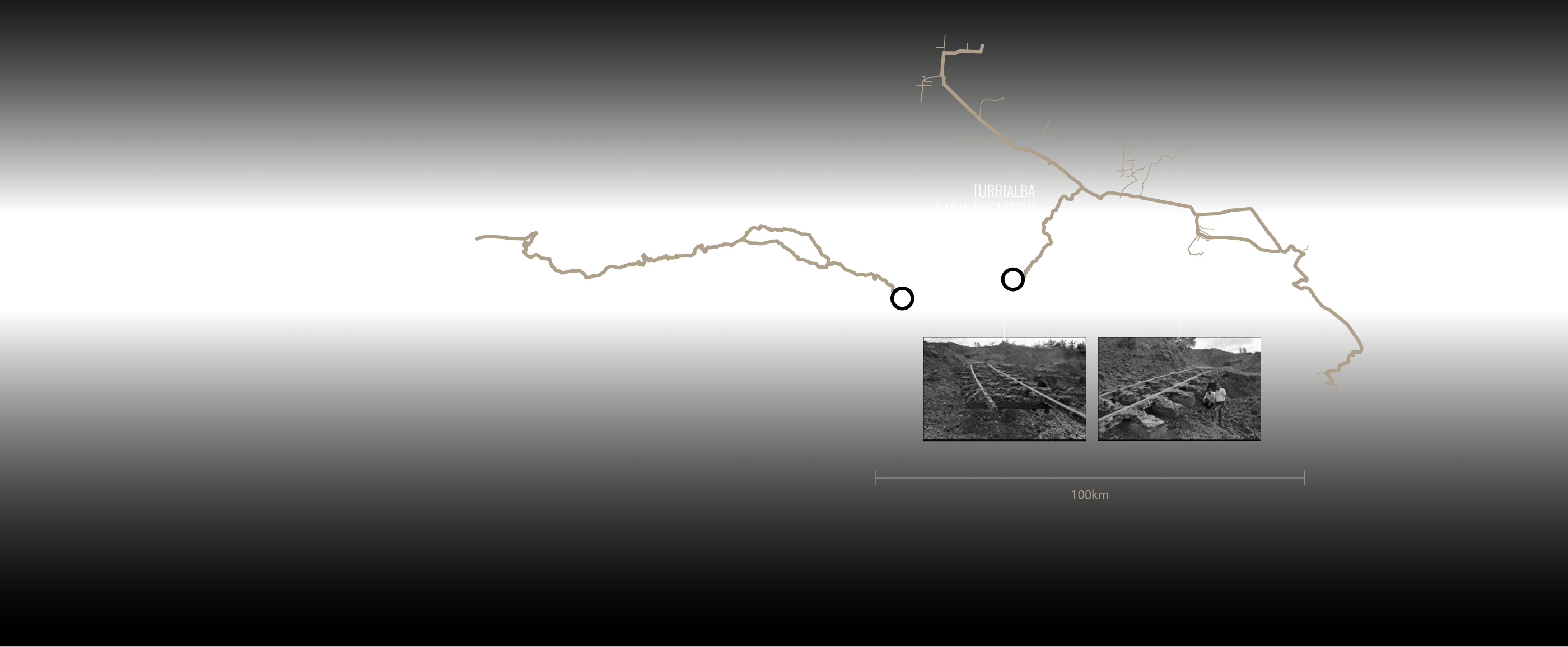
On April 22, 1991, Limón’s earthquake hit the railway. The disaster twisted the rails and left impassable most of the railway line to the Atlantic, which caused the indefinite closure of the section between Turrialba-Las Juntas, in Siquirres. However, the tragedy was also an opportunity for the train. The World Bank gave $9.4 million to repair the route, rebuild the bridge over the Matina river and one of the workshops of Incofer.
With the objective of increasing income of the passenger’s service, the first urban train started to work in 1992, which connected San José and Heredia. The Inter train, as it was called, used some trains donated by Spain and later the routes were extended to Alajuela and Cartago. This service was similar to the one that operates today.
Despite the efforts, the income did not increase and there was an attempt to negotiate with the trade unions to reduce the benefits of the collective labour agreement. However, the members of the Union considered it was unfair to blame the workers for Incofer’s financial situation.

On May 1994, José María Figueres Olsen became president of Costa Rica. His administration kept the railway barely alive for 12 months, but finally defined its future.
In the months before the government ordered the cessation of operations, the railway made efforts to reduce its losses, but it was not enough.


The loss of properties started when the government nationalised the Atlantic railway, in 1972, but didn’t transfer the assets, that were property of the Northern Railway Company, to the State. The law that created Incofer in 1985 tried to correct that problem: it established that all the goods related with railway transport had to be registered as State property within six months; that did not happen either.
The loss of properties started when the government nationalised the Atlantic railway, in 1972, but didn’t transfer the assets, that were property of the Northern Railway Company, to the State. The law that created Incofer in 1985 tried to correct that problem: it established that all the goods related with railway transport had to be registered as State property within six months; that did not happen either.
“A lot of unregistered Incofer properties have been appropriated by individuals, and in many cases by former employees of the institution,to whom the property was lent as part of a labor agreement. This has become a serious problem, almost unmanageable.”
“A lot of unregistered Incofer properties have been appropriated by individuals, and in many cases by former employees of the institution,to whom the property was lent as part of a labor agreement. This has become a serious problem, almost unmanageable.”
Minute of 9/20/94
Close
Incofer also lost assets as a result of it’s financial crisis. During the 80’s and given the refusal of the Government to transfer tax resources and the impossibility of indebtedness, the entity started to sell properties to survive.
Incofer also lost assets as a result of it’s financial crisis. During the 80’s and given the refusal of the Government to transfer tax resources and the impossibility of indebtedness, the entity started to sell properties to survive.
In 1989, Incofer sold part of the property of the Atlantic Rail Station, in San José, to the Central Bank. The ¢171 million (¢2.600 million today), were used to pay overdrafts to banks, a month of salaries and to collect materials from the extinct Southern Railway.
In 1989, Incofer sold part of the property of the Atlantic Rail Station, in San José, to the Central Bank. The ¢171 million (¢2.600 million today), were used to pay overdrafts to banks, a month of salaries and to collect materials from the extinct Southern Railway.
“ That same year, the institute transferred to Caja Costarricense del Seguro Social [Costa Rican Social Security Administration, CCSS, for its acronym in Spanish] properties located in San José, Alajuela, Turrialba and Siquirres, as part of a payment arrangement. They were valued at ¢14 million (¢218 million today).”
“ That same year, the institute transferred to Caja Costarricense del Seguro Social [Costa Rican Social Security Administration, CCSS, for its acronym in Spanish] properties located in San José, Alajuela, Turrialba and Siquirres, as part of a payment arrangement. They were valued at ¢14 million (¢218 million today).”
Close
The history of the train resembles that of certain families that fight over the deceased’s heritage. Several facts show how, institutes and individuals coveted the railway’s properties, in the middle of its crisis.
Several facts show how, institutes and individuals coveted the railway’s properties, in the middle of its crisis.
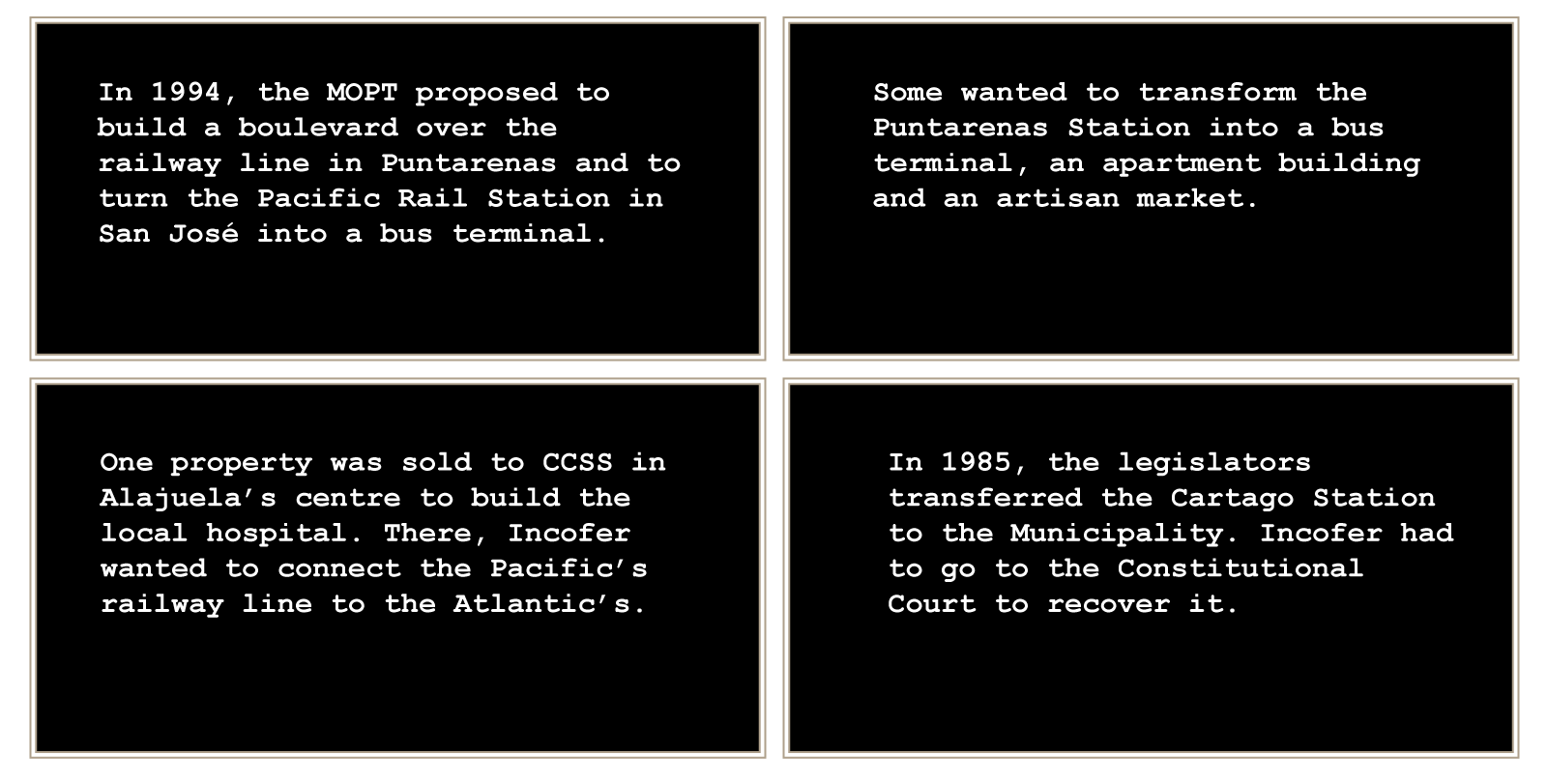
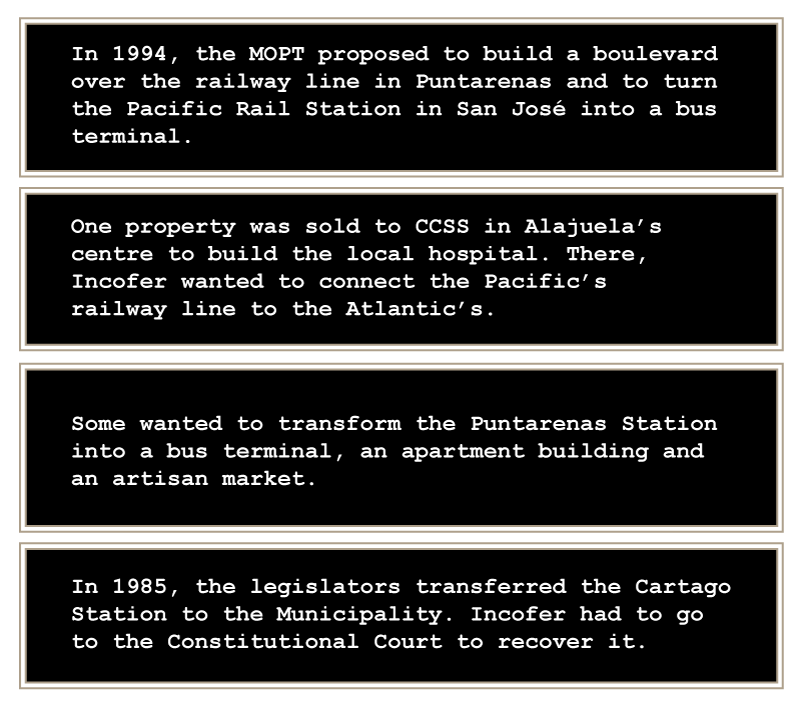
Close
The government of José María Figueres decreed the cessation of operations of Incofer without any previous plan to protect it’s assets or properties. In the executive order of closure the institute was instructed to prepare a plan within four months. However, no resources or personnel were given to secure the properties.
In the Atlantic, for example, five people had to take care of more than 400 kilometres of railway lines, stations, locomotives, carriage and other equipment. A year, after the closure, $2 million in electric wire had been robbed. Months later, Incofer was forced to dismantle the whole electrification to the Atlantic, only 14 years after its installation.
The government of José María Figueres decreed the cessation of operations of Incofer without any previous plan to protect it’s assets or properties. In the executive order of closure the institute was instructed to prepare a plan within four months. However, no resources or personnel were given to secure the properties.
In the Atlantic, for example, five people had to take care of more than 400 kilometres of railway lines, stations, locomotives, carriage and other equipment. A year, after the closure, $2 million in electric wire had been robbed. Months later, Incofer was forced to dismantle the whole electrification to the Atlantic, only 14 years after its installation.
Cerrar
How much wealth did the railway lose and how much it has left? Nobody knows because the registration of 650 properties, 95% of the total, was completed until 1999. What we know for sure today, is that there are only remains left.